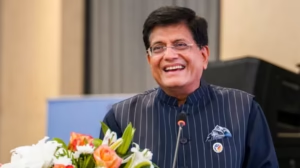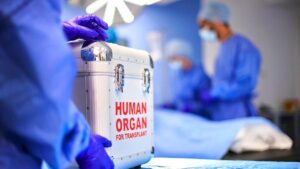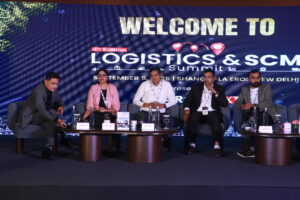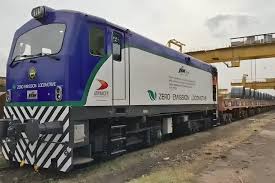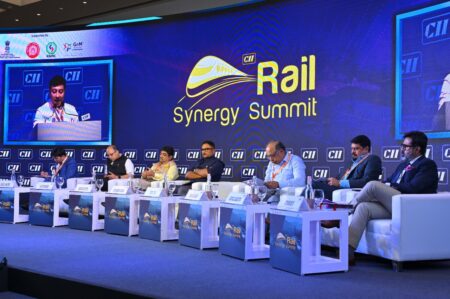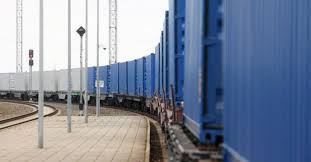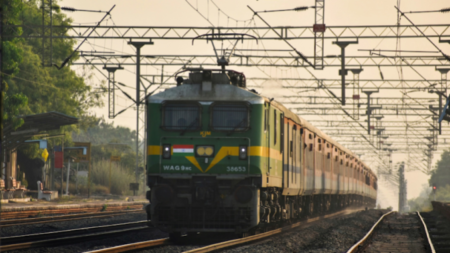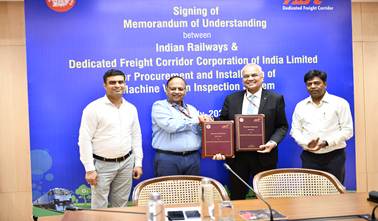According to reports, the Indian Railways will likely receive a budget allocation of close to Rs 1.9 lakh crore ($23 billion) in 2023–24. With 500 additional semi-high-speed trains projected to be added to the fleet and 35 hydrogen-fueled trains planned, the Modi government is expected to significantly boost Vande Bharat.
For two reasons, the Centre has been promoting the Vande Bharat. First, it aims to replace all Rajdhanis and Shatabdis with the Vande Bharat, increasing route average speeds to 180 km/h. Second, the administration is also hopeful of exporting these trains to markets in Europe, South America and East Asia by 2025–2026.
In addition, the forthcoming budget will disclose plans to introduce 58,000 wagons and 4,000 newly built automotive carrier coaches during the course of the following three years.
Ashwini Vaishnaw, the railway minister, has announced plans to operate hydrogen-powered trains on eight historic lines, including Darjeeling, the Nilgiris, Kalka-Shimla, and Kangra Valley. The Northern Railway workshop is creating a prototype for these lines, which will undergo testing on the Sonipat-Jind stretch in Haryana. These trains are anticipated to make hilly rail travel a carbon-free alternative once they are launched.

